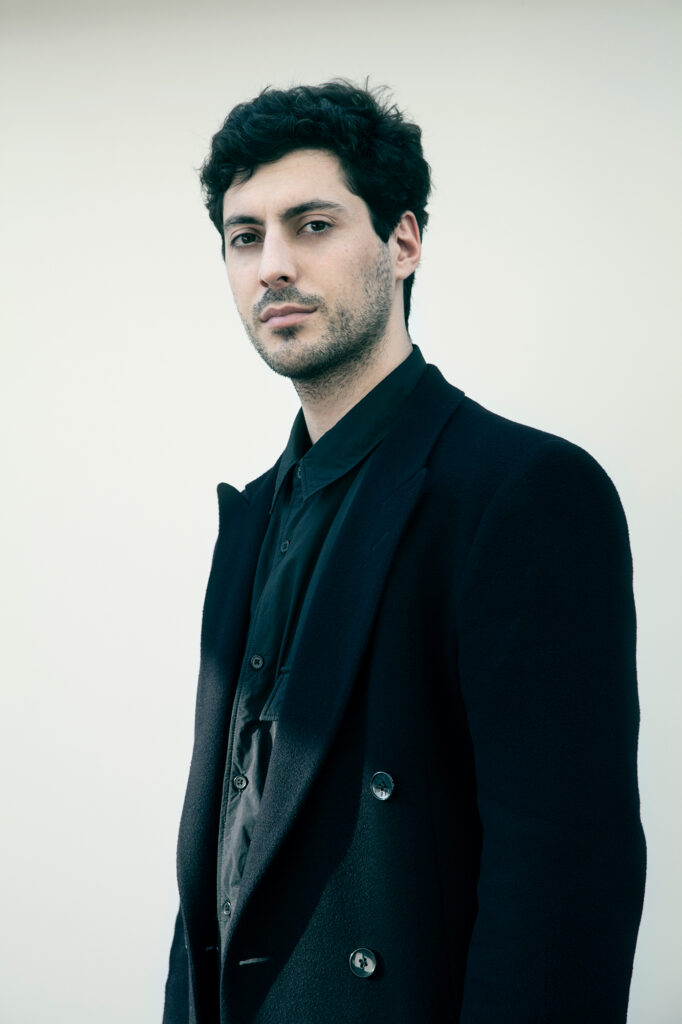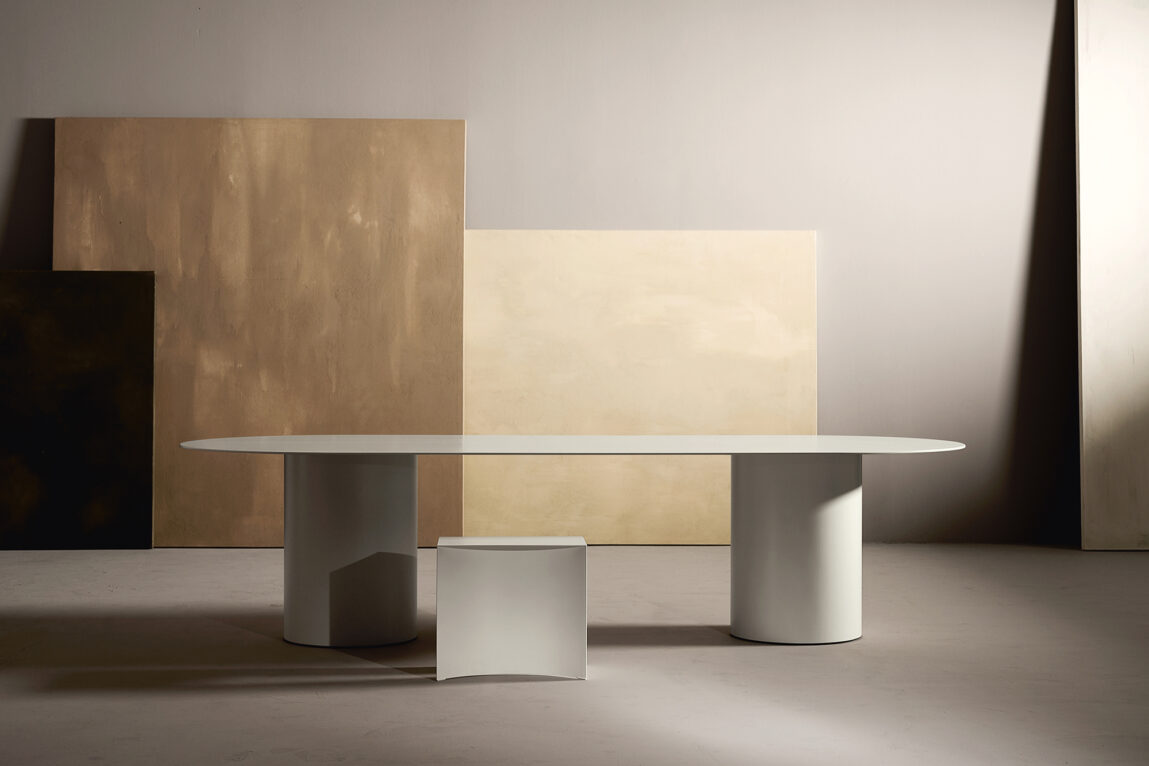Seit seinem Abschluss an der Design Academy Eindhoven hat Guglielmo Poletti mit seiner klaren und doch sehr persönlichen Formensprache viel Aufmerksamkeit in der internationalen Designszene erregt. Basierend auf sorgfältigen Untersuchungen von Materialität und Konstruktionen schafft der italienische Designer faszinierende Arbeiten, in denen er stets aufs Neue die beeindruckenden Tiefen minimalistischen Designs hervorbringt. Wir haben uns mit Guglielmo Poletti über die Generierung relevanter Ideen, Designprozesse zwischen Intuition und Analyse sowie die Schnittstelle von Architektur und Design unterhalten.
Chapter Most of your works are defined by apparent simplicity and minimalist elegance. What are the crucial points in your practice as a designer?
Guglielmo Poletti I describe simplicity as apparent when it’s evident that behind an essential thought several steps have been necessary to elaborate and refine it, in order to make it as effective as possible. For me, such a process is fundamental and allows the result to convey a strong visual impact, even though it is stripped down to its essence.
Regarding my practice, construction is at the core of my interest, form always results from very dry considerations about structures. I find myself naturally searching for archetypal configurations that I try to alter through precise interventions I refer to as »structural gestures«. These gestures become the detail around which everything else is developed in a subordinated hierarchy, often leading to outcomes that inherently suggest a function. The minimalist aspect derives from letting these gestures come to the surface by keeping all the other layers of work intentionally silent. To generate relevant ideas, the constant interweaving between hand-driven thinking and analytical thinking is vital. But in the initial stages, the rational side is almost counterproductive – most of my works get defined suddenly, triggered by a hint of intuition that is then complemented by analytical thinking to close the full circle.
Chapter Which of your pieces has been most formative to your style and why?
Guglielmo Poletti The Design Academy Eindhoven graduation series »Equilibrium« is probably my first mature work, which summarizes many of the traits that constitute the base of my practice today. The collection resulted from the two year Master Degree in Contextual Design, an intense experience during which I had the opportunity to contemplate many paths in order to eventually find my own.
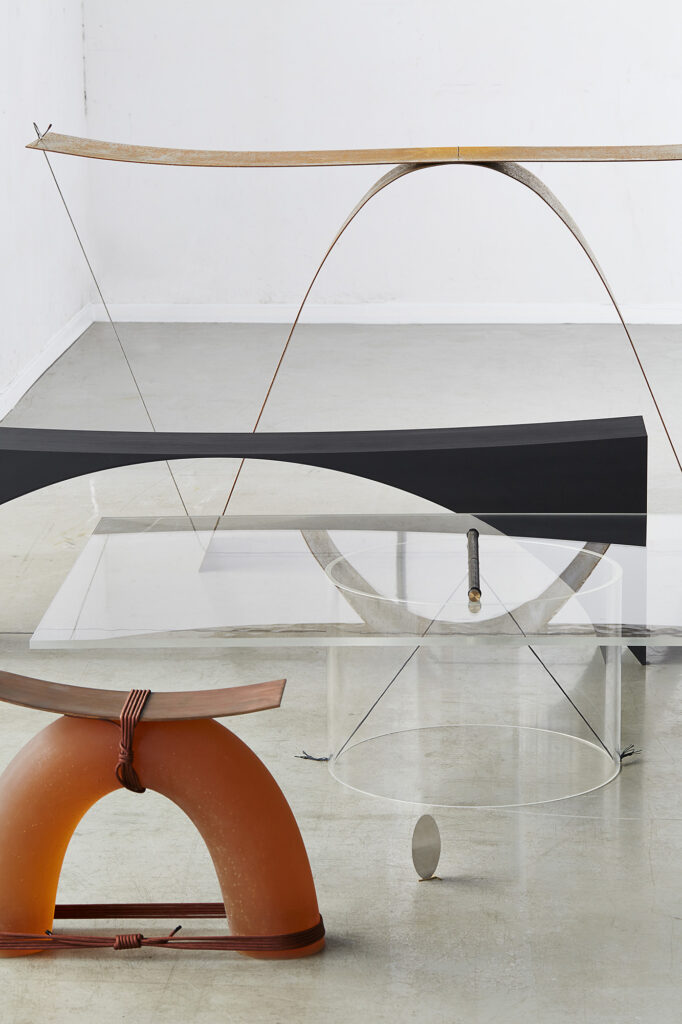
Chapter How do you explore the limits of materials?
Guglielmo Poletti I usually explore the limit of materials in terms of their inherent structural qualities. For instance, material that might be too thin to even stand on its own could become structural if tensioned in a certain way. I investigate the limit of materials to develop more daring structural gestures and ultimately challenge the overall perception of work, both on a structural and visual level.
Chapter What role does technology play in your design process?
Guglielmo Poletti In my process, technology usually plays a secondary role. All the relevant aspects I am looking for in my work must already be present independently from the technology that will produce it. I can only conceive the leading principle through a »thinking with hands« process. Before delivering a project, I work it up to a fairly advanced state, with the tools available in my workshop. This way, I define all the major points before letting technology take over in the implementation phase. This approach helps me get a grip on my work, and it’s probably one of the most valuable lessons I have learned during my studies at the Design Academy Eindhoven.
Chapter What makes »good design«?
Guglielmo Poletti In my opinion, good design is strictly related to something I call »intentionality«, which could be understood as the level of awareness one reaches in whatever he or she is doing. Conscious decisions help avoid arbitrary choices along the way, despite the diversity of outcomes, giving consistency to your work.
To develop an awareness about your practice, the circumstances are crucial – you need to set up solid foundations built on specific criteria that act as guidelines for your work. These guidelines can ensure coherence to your work – one of the qualities I care about the most. Time is a pivotal element as well. A consciously slow pace is the only way to digest thoughts thoroughly, this is why I can only face a limited amount of projects at the time.
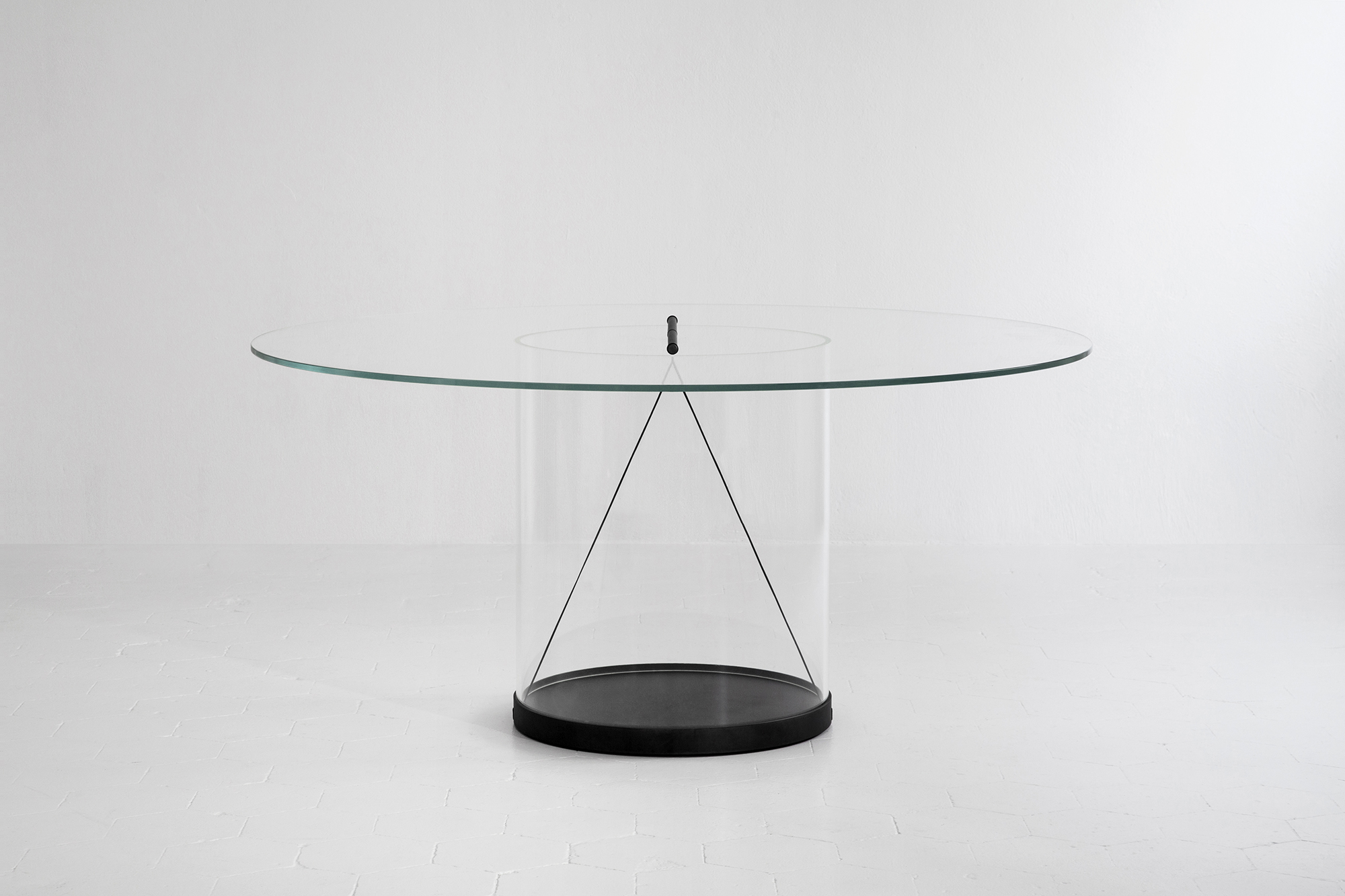
Chapter In what direction would you like to develop your practice in the future?
Guglielmo Poletti Due to my interest in construction, I often consider architecture as a possible direction. I am particularly inspired by compact scale works that push the boundaries through crossovers, avoiding standardized classifications.
On the one hand, I am interested in functional hybridizations that can be translated into autonomous spatial statements, open to interpretations that might transcend their surroundings.
On the other hand, I am very attracted by the bare practicality of exposed industrial architecture, frequently modeled around extremely rational thinking where function prevails on aesthetics, eventually becoming aesthetic value itself. I think the perfect middle ground for all these elements to come together is exhibition design. Its scale falls right in between buildings and objects, making it easier to concentrate both on the whole picture and single details simultaneously. On top of that, establishing a dialogue between my work and the specificity of some art contexts I feel particularly close to representing a personal ambition that I hope to fulfill one day.
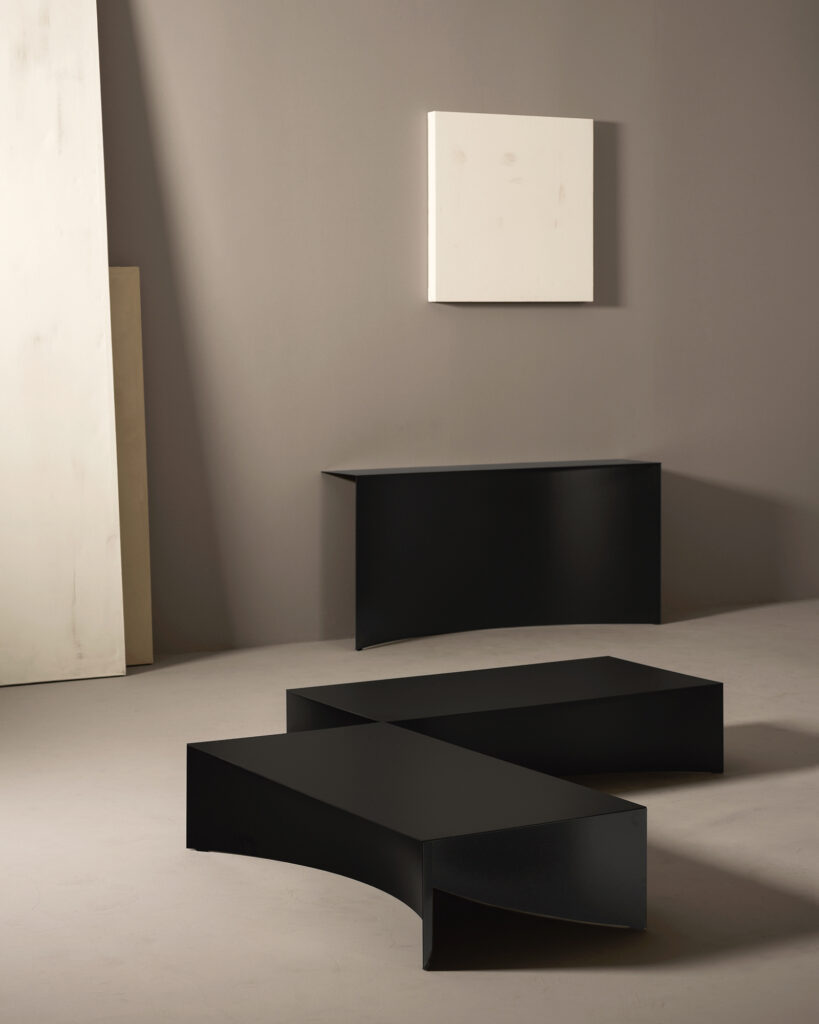
Chapter Can you give us some insights into upcoming projects?
Guglielmo Poletti The slowdown caused by the global health crisis allowed me to make room for entirely new projects that will be released in the coming months. In the last two years, I have spent a great deal of my time and energy working on the new studio in Milan, which is also my first architectural project. The most exciting part was the »a box in the box« design, a self-supporting platform entirely made of plywood and glass. It has a monolithic outer appearance that contrasts with the hidden inner articulation, characterized by a very accurate space distribution that delineates several functions.
Recently, I have also been busy working on a series of industrial lighting pieces. Light is a new field for me, which I enjoy very much as it gives me the chance to incorporate rigor into more abstract compositions. Finally, I am working on a new limited edition series. I had to go through a long research phase due to the complexities posed by the synthetic material I am experimenting with. This project, which includes my first design of a lounge chair among different typologies will also mark the upcoming collaboration with a new gallery.
